Filter by
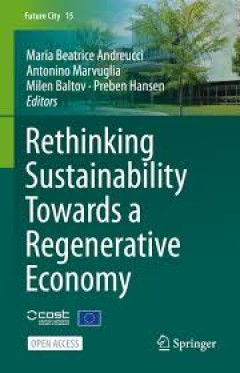
Rethinking Sustainability Towards a Regenerative Economy
This open access book is based on work from the COST Action “RESTORE - REthinking Sustainability TOwards a Regenerative Economy'', and highlights how sustainability in buildings, facilities and urban governance is crucial for a future that is socially just, ecologically restorative, and economically viable, for Europe and the whole planet. In light of the search for fair solutions to the clim…
- Edition
- -
- ISBN/ISSN
- 978-3-030-71819-0
- Collation
- XXXV, 418
- Series Title
- Future City (FUCI, volume 15)
- Call Number
- 307 RET

Urban Geology
Urban subsurface resources and particularly urban groundwater are vulnerable to environmental impacts, and their rational management is of major importance. In this book a multidisciplinary team of specialists and scientists presents innovative process-oriented approaches to the sustainable use of these resources. The included case studies from northwestern Switzerland describe representative e…
- Edition
- 1
- ISBN/ISSN
- 978-3-0348-0185-0
- Collation
- -
- Series Title
- -
- Call Number
- XVI, 216

Planetary Hinterlands
This open access book considers the concept of the hinterland as a crucial tool for understanding the global and planetary present as a time defined by the lasting legacies of colonialism, increasing labor precarity under late capitalist regimes, and looming climate disasters. Traditionally seen to serve a (colonial) port or market town, the hinterland here becomes a lens to attend to the times…
- Edition
- -
- ISBN/ISSN
- 978-3-031-24243-4
- Collation
- XVI, 341
- Series Title
- -
- Call Number
- -

Fracking the neighborhood :reluctant activists and natural gas drilling
When natural gas drilling moves into an urban or a suburban neighborhood, a two-hundred-foot-high drill appears on the other side of a back yard fence and diesel trucks clog a quiet two-lane residential street. Children seem to be having more than the usual number of nosebleeds. There are so many local cases of cancer that the elementary school starts a cancer support group. In this book, Jessi…
- Edition
- -
- ISBN/ISSN
- 9780262329798
- Collation
- 1 online resource (xiv, 191 pages).
- Series Title
- -
- Call Number
- -

Metabolism of the anthroposphere: Analysis, evaluation, design
Over the last several thousand years of human life on Earth, agricultural settlements became urban cores, and these regional settlements became tightly connected through infrastructures transporting people, materials, and information. This global network of urban systems, including ecosystems, is the anthroposphere; the physical flows and stocks of matter and energy within it form its metabolis…
- Edition
- 2nd ed.
- ISBN/ISSN
- 9780262301329
- Collation
- 1 online resource (x, 392 pages) :illustrations, maps
- Series Title
- -
- Call Number
- -
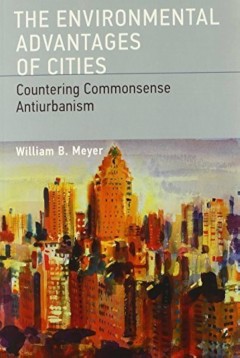
The Environmental Advantages of Cities: Countering Commonsense Antiurbanism
Conventional wisdom about the environmental impact of cities holds that urbanization and environmental quality are necessarily at odds. Cities are seen to be sites of ecological disruption, consuming a disproportionate share of natural resources, producing high levels of pollution, and concentrating harmful emissions precisely where the population is most concentrated. Cities appear to be parti…
- Edition
- -
- ISBN/ISSN
- 9780262314091
- Collation
- 1 online resource (ix, 234 pages) :illustrations, maps.
- Series Title
- -
- Call Number
- -
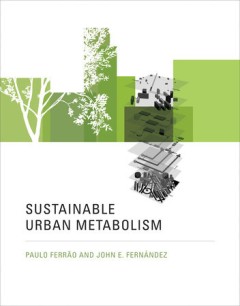
Sustainable Urban Metabolism
A unified framework for analyzing urban sustainability in terms of cities' inflows and outflows of matter and energy. Urbanization and globalization have shaped the last hundred years. These two dominant trends are mutually reinforcing: globalization links countries through the networked communications of urban hubs. The urban population now generates more than eighty percent of global GDP. Cit…
- Edition
- -
- ISBN/ISSN
- 9780262316958
- Collation
- 1 online resource (xiii, 244 pages) :illustrations
- Series Title
- -
- Call Number
- -
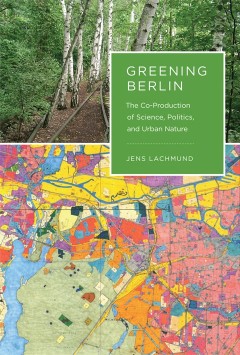
Greening Berlin :the co-production of science, politics, and urban nature
How plant and animal species conservation became part of urban planning in Berlin, and how the science of ecology contributed to this change.Although nature conservation has traditionally focused on the countryside, issues of biodiversity protection also appear on the political agendas of many cities. One of the emblematic examples of this now worldwide trend has been the German city of Berlin,…
- Edition
- -
- ISBN/ISSN
- 9780262312424
- Collation
- 1 online resource.
- Series Title
- -
- Call Number
- -
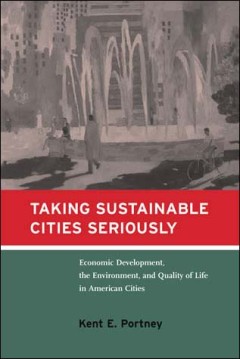
Taking Sustainable Cities Seriously: Economic Development, the Environment, a…
Today at least twenty-five major U.S. cities have pursued some form of sustainability initiative. Although many case studies and "how-to" manuals have been published, there has been little systematic comparison of these cities' programs and initiatives. In this book Kent Portney lays the theoretical groundwork for research on what works and what does not, and why. Distinguishing cities on the b…
- Edition
- -
- ISBN/ISSN
- 9780262281799
- Collation
- 1 online resource (xiv, 284 pages).
- Series Title
- -
- Call Number
- -
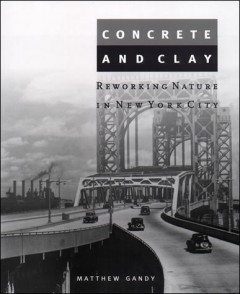
Concrete and Clay: Reworking Nature in New York City
An interdisciplinary account of the environmental history and changing landscape of New York City.In this innovative account of the urbanization of nature in New York City, Matthew Gandy explores how the raw materials of nature have been reworked to produce a "metropolitan nature" distinct from the forms of nature experienced by early settlers. The book traces five broad developments: the expan…
- Edition
- -
- ISBN/ISSN
- 9780262273442
- Collation
- 1 online resource (xi, 344 pages) :illustrations, maps.
- Series Title
- -
- Call Number
- -
 Computer Science, Information & General Works
Computer Science, Information & General Works  Philosophy & Psychology
Philosophy & Psychology  Religion
Religion  Social Sciences
Social Sciences  Language
Language  Pure Science
Pure Science  Applied Sciences
Applied Sciences  Art & Recreation
Art & Recreation  Literature
Literature  History & Geography
History & Geography